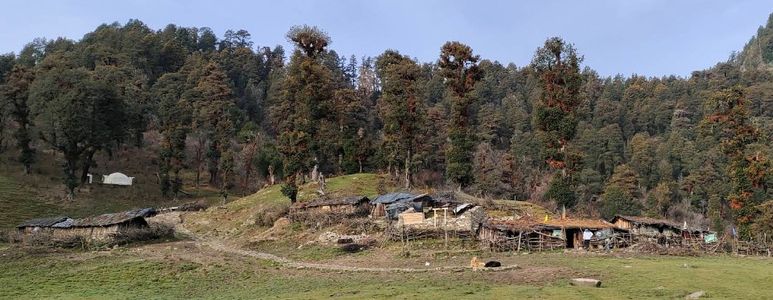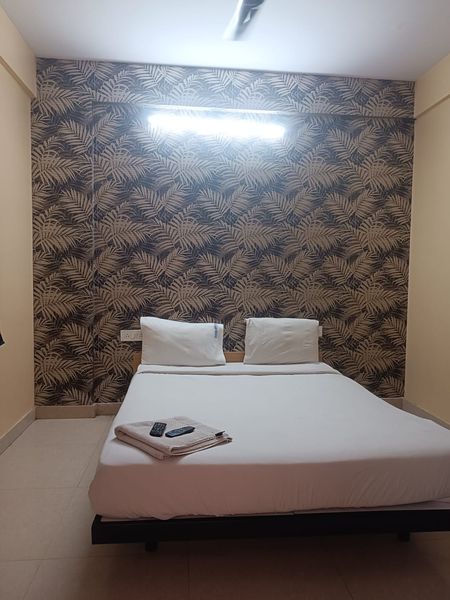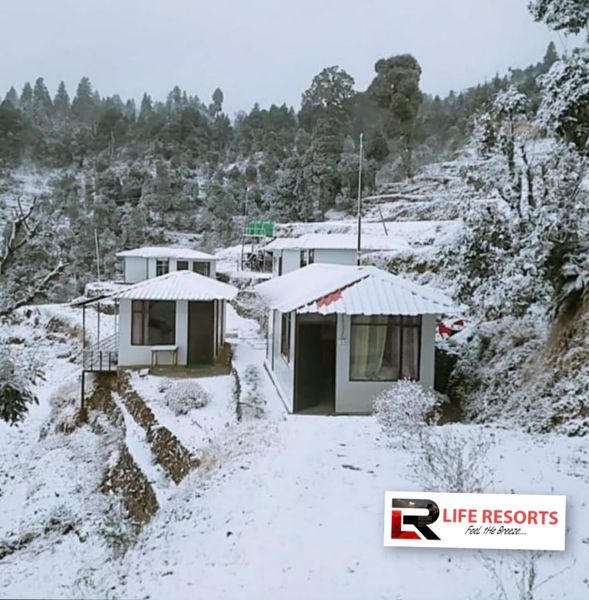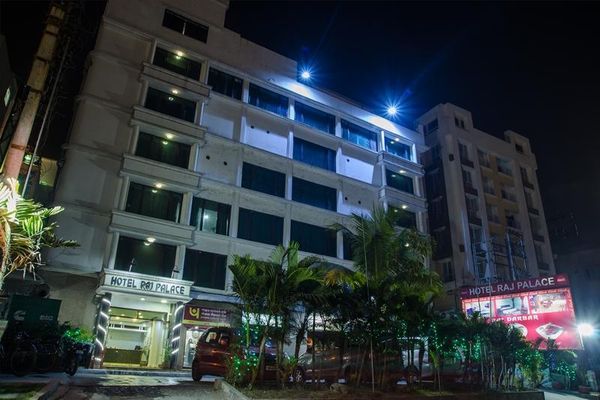Local Culture and Villages You’ll Explore on the Dayara Bugyal Monsoon Trek
 Deepanshu Negi
19 Jul, 2025
9 mins read
55
Deepanshu Negi
19 Jul, 2025
9 mins read
55

The Dayara Bugyal trek is one of the most beautiful and peaceful treks in Uttarakhand. Especially during the monsoon season, this trek becomes a lush green paradise. Apart from the natural beauty, what makes this trek special is the local culture and the charming villages you’ll pass through. These small villages are full of history, warmth, and tradition. In this article, we’ll explore the local culture and the villages you’ll visit on the Dayara Bugyal monsoon trek.
Starting Point: Raithal Village
Raithal is a small village located in the Uttarkashi district of Uttarakhand. It is the starting point of the Dayara Bugyal trek. As soon as you enter the village, you’ll notice traditional wooden houses and terraced farms. The local people are simple and friendly. Most of them are involved in farming and cattle rearing.
Culture of Raithal
The culture in Raithal is deeply connected with nature and traditional Garhwali customs. People here speak the Garhwali language and wear traditional clothes. Women often wear sarees and woolen scarves, while men wear woolen jackets and caps. You can also find people still following age-old practices of worship and folk singing.
Lifestyle
Raithal is a peaceful village where life moves at a slow pace. The food here is simple and healthy. Locals mostly eat roti, rice, dal, and seasonal vegetables. If you stay in a homestay, you’ll be treated to homemade food prepared in the traditional way using firewood.
Gui Village
Gui is a small campsite between Raithal and Dayara Bugyal. While it is not a proper village, it has small huts and temporary shelters used by shepherds and trekkers. During the monsoon season, Gui becomes vibrant with green meadows and colorful wildflowers.
Meeting the Shepherds
Gui is a place where you might meet local shepherds called “pahadis.†They take their livestock to graze in the high-altitude meadows. Interacting with them gives you a glimpse into a way of life that has remained unchanged for centuries. They live simple lives and rely on nature for their needs.
Stories Around the Fire
If you get a chance to sit with a local guide or shepherd at night, you may hear folk tales and stories about the region. These stories are passed down from one generation to the next. They tell you a lot about the beliefs and values of the people.
Dayara Village (Near the Bugyal)
Just below the Bugyal or meadow, there are small hamlets and seasonal settlements. These areas are not always occupied, but during the summer and monsoon seasons, local people come here with their animals.
Traditional Huts and Farming
You’ll notice stone and wooden huts with sloping roofs designed to protect against heavy rain. People grow potatoes, rajma (kidney beans), and seasonal vegetables. During the monsoon, everything is fresh and green. Farmers are busy with their crops, and you can watch traditional farming methods in action.
Cultural Events
Sometimes, local festivals like Harela (celebrating greenery and farming) are observed during the monsoon months. If you’re lucky, you might get to witness small gatherings where locals sing, dance, and offer prayers for good harvests. Even though these are not large events, they show the strong connection between people and the land.
The Warmth of Garhwali People
The Garhwali people are known for their hospitality. Even if they don’t know you, they’ll greet you with a smile and offer help if needed. Most homestays along the trek route are run by local families. Staying in a homestay is the best way to learn about their way of life. You can try traditional food like Mandua ki roti (finger millet bread), bhang ki chutney (hemp seed chutney), and pahadi aloo (mountain-style potato curry).
Simple Living
Life in these villages is simple but rich in values. People wake up early, work hard in the fields, and return home by evening. They depend on natural resources and respect them. Even the children help in daily chores and learn traditional skills from a young age.
Language and Music
Most villagers speak Garhwali, a language full of expressions and warmth. While many younger people also understand Hindi and even English, speaking a few Garhwali words can go a long way in building connections. Music is an important part of village life. Traditional songs called “jagar†are sung during festivals and religious events.
Instruments and Dance
You might also see local instruments like the dhol and damau being used. These drums are played during cultural performances and local ceremonies. Dance is also an important tradition, with simple movements that reflect the daily life of the villagers.
Sustainable Tourism and Local Economy
Trekking in the Dayara Bugyal region not only offers natural beauty but also supports the local economy. By choosing local guides, staying in homestays, and buying handmade items, trekkers help the villagers earn a living. Many young people from Raithal and nearby villages now work as trek leaders, cooks, and porters. This helps them stay connected to their roots while earning money for their families.
Local Crafts
While trekking, you may come across woolen shawls, caps, or small handmade items. These are made by the women in the villages. Buying these items supports local artisans and helps preserve traditional skills.
Respecting Local Culture
As a visitor, it’s important to respect the culture and customs of the villages. Always ask before taking photos of people. Try to avoid littering and keep noise levels low. If you are invited into someone’s home, remove your shoes and be polite.
Responsible Trekking
The Dayara Bugyal trek passes through sensitive ecological zones. Always follow the Leave No Trace principles. Do not pick flowers, avoid using plastic, and support eco-friendly tourism.
Final Thoughts
The Dayara Bugyal monsoon trek is not just about walking through green meadows and enjoying beautiful views. It’s also a journey through the heart of Uttarakhand’s village life and culture. Each village has its own charm, and the people you meet along the way will make your trek even more special.
From the starting point at Raithal to the high meadows near Dayara, every step introduces you to a simple, peaceful way of life. By exploring the local culture and connecting with the people, you’ll take home more than just memories of mountains you’ll carry a deeper understanding of the land and its soul.
Written By:
Deepanshu Negi



Hotels at your convenience
Now choose your stay according to your preference. From finding a place for your dream destination or a mere weekend getaway to business accommodations or brief stay, we have got you covered. Explore hotels as per your mood.


